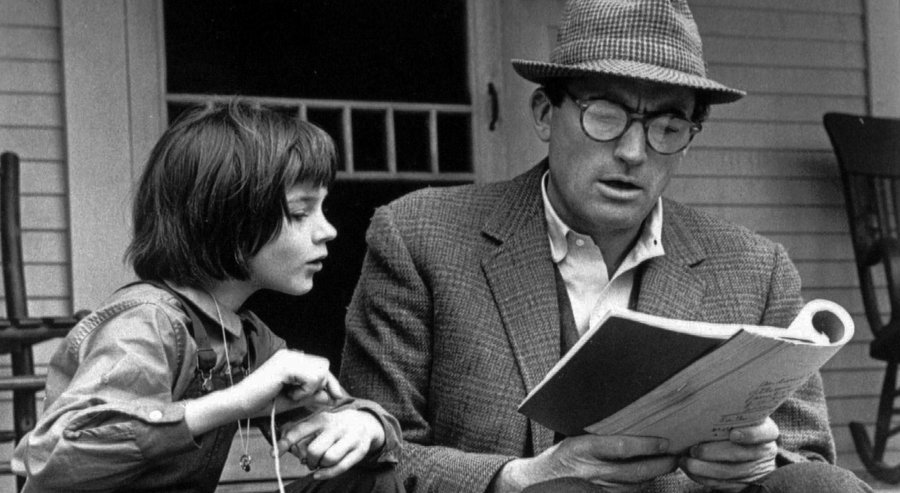Actors, directors and movie fans alike are frustrated that for the second year in a row, there are no actors of color nominated in the best actor and best actress categories of the Academy Awards. The Academy of Motion Picture Arts and Sciences’ diversity problem is intertwined not only with voting and awarding the Oscars, but also with the creation of films that later receive awards or do not. It is important to acknowledge people’s frustration about the Oscars and take time to listen to and understand their perspectives.
Why does minority representation in films matter?
This is the first question we must ask ourselves regarding this issue. “An accurate portrayal and representation of society should be represented in any genre of media. To me, art reflects society; the very basic foundations of art reflect what is going on around us,” said Tyson Davis, communication arts professor at Georgia Southern University. If someone looks at films and the Oscars as representative of a collective art, then one would expect to see close to the percentage of people who live in this country portrayed through that, Davis said. When a group of people is presented in film, it gives the group a voice.
Groups can use their voice to educate other people about their culture and advocate for their group. In this way, film is also a collection of stories.
“Everyone has a story, and nobody’s story is the same, said Madison Reynolds, a senior multimedia film and productions major and president of the GSU Film Club.
He said it matters to have knowledge about people that are different from you; knowing more about those who differ from you can help you be more open and understanding toward others.
When minority groups are not being equally represented in films and award nominations such as the Oscars, they potentially lose out on having a voice and the same opportunity to share their story. The Oscar nominees are central to this discussion about diversity at the Oscars, but what about the Academy members that vote for the nominees?
Minority underrepresentation: the statistics
According to a study conducted by the Los Angeles Times in 2012, the Academy then was composed of 94 percent white members. As well, these members were also 77 percent male. Numbers from a 2013 Times analysis showed a slight decrease in white voters to 93 percent and male voters to 76 percent.

courtesy of Alex Smith
However, the lack of notable change is still frustrating to many, including students at GSU. “I feel as though the lack of diversity is degrading to not only African Americans but to all ethnicities that don’t appear to be Caucasian. Diversity is needed and all actors’ accomplishments need to be noted and recognized, no matter what the color of their skin is,” said Angelita Griffin, sophomore Biology major and social events coordinator of the Black Student Alliance. The lack of minorities represented at the Oscars can send a negative message to young children that watch the awards show.
“It’s about the black child who watches the Oscars and is like, ‘Mom, why are there no black actors or actresses being nominated?’, and she wants to be an actress someday. It’s about the message being sent to the next generation coming up, about their worth, about is it worth it for black people to chase that dream if they’re not going to get the recognition?”, Joshua Crump, president of the Black Student Alliance and sophomore multimedia journalism major, said.
One of the causes of the lacking diversity at the Oscars may be its structure. The structure of the Oscars, as it stands alone, is not racist; however, by injecting certain people into the structure, the awards become very exclusionary, Tyson Davis said. The diversity problem at the Oscars is not just a problem at the Oscars, though. Much of the speculated discrimination against minorities begins with the making of films. In many incidences, that discrimination can be linked to how films are funded.
Making films, particularly the ones that are nominated for the Academy Awards, involves millions of dollars to fund the movie and investors to supply those millions of dollars. The investors give money so that we consume certain narratives and, by default, do not consume others. The films that are funded this way become the films the Academy has to pick from. So, The very few number of films made by minorities become like a lottery. You are injecting that one narrow group of people into a system that’s very difficult to change, said Davis.
He noted that screenwriting is also an important factor in how minorities are represented on-screen. Screenwriters have to be cognizant of including more than just their own perspectives in movies.
“When you’re writing a story, you’ve got to do research. You have to look at all the angles and how things can be interpreted, how stories can be told. If I’m just telling a story from my perspective, I don’t have a huge perspective to go off of other than how I’ve been raised up until today. But there are people that get raised differently. There are people in different cultures, different environments,” Madison Reynolds, said.
Filmmakers also have the responsibility to showcase different issues and perspectives in their works. Tahir Daudier, the GSU film club vice president, said that this responsibility is like an oath that storytellers take once they decide to follow the film profession.
“It’s not one that’s immediately coated in riches and fame and fortune. It’s embedded with emotion and a lot of power, in my emotion. A good enough story can sway someone’s mind or open their mind to something that they have not seen before. It’s essential to create not just for the sake of creation, but for the people,” Daudier said.
How to fix the diversity problem
Fortunately, the Academy is taking steps to address diversity concerns. According to the Oscars website, starting later this year, an Academy member’s voting status will only last 10 years. A member’s voting status will be renewed at the end of that 10 years, provided the member has stayed active in motion pictures during that decade. Academy members will only receive lifetime voting rights after having voted for three ten-year terms. The Academy is starting a campaign to recruit more diverse new members, but it may take a while to see how new recruits impact the Academy and its voting habits. To address their concerns, consumers of films, in addition to those in the film industry, need to push for change at the Oscars.
“The Oscars are putting out to us a collective narrative of the films produced. As consumers of narratives that are being fed to us, we don’t deserve to pay our money to be manipulated and to have a false interpretation of what American society looks like portrayed us. We deserve to see what they are telling us we are seeing- art. If it doesn’t portray who we really are, then it’s not art,” professor Davis said.
The conversation about diversity and inclusion issues at the Oscars does not end with this article, or with the Academy Awards, which will be aired on February 28. These conversations are already inspiring efforts towards change amongst current filmmakers and are potentially motivating the next generation of filmmakers to create diverse works that depict the United States as the melting pot it is.
Feature photo courtesy of oscars.go.com






